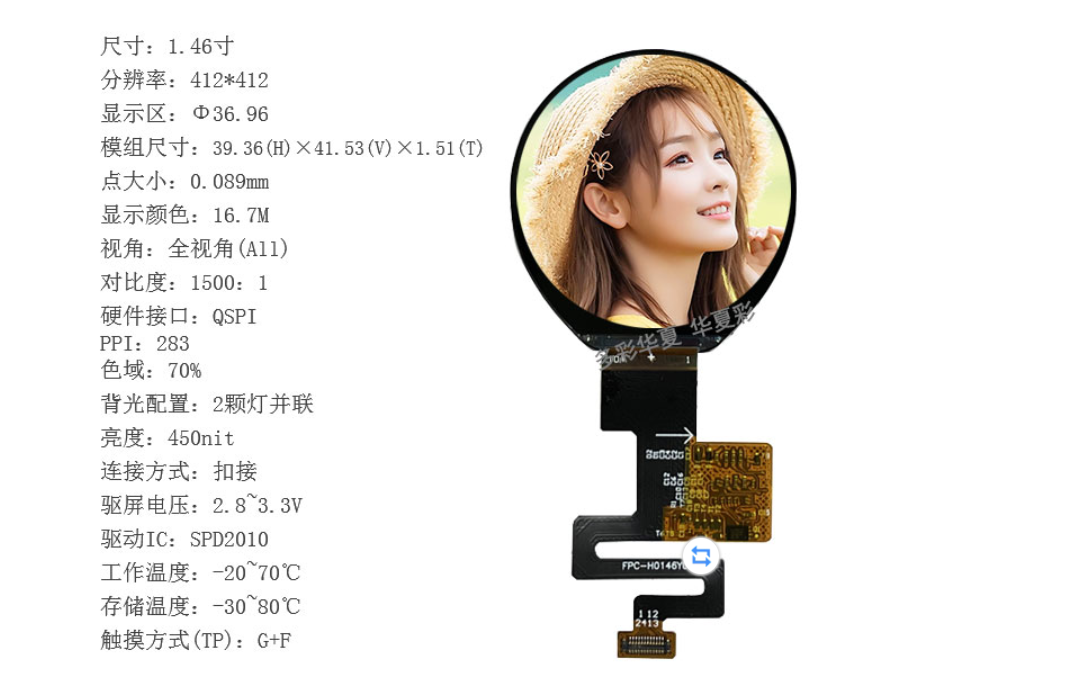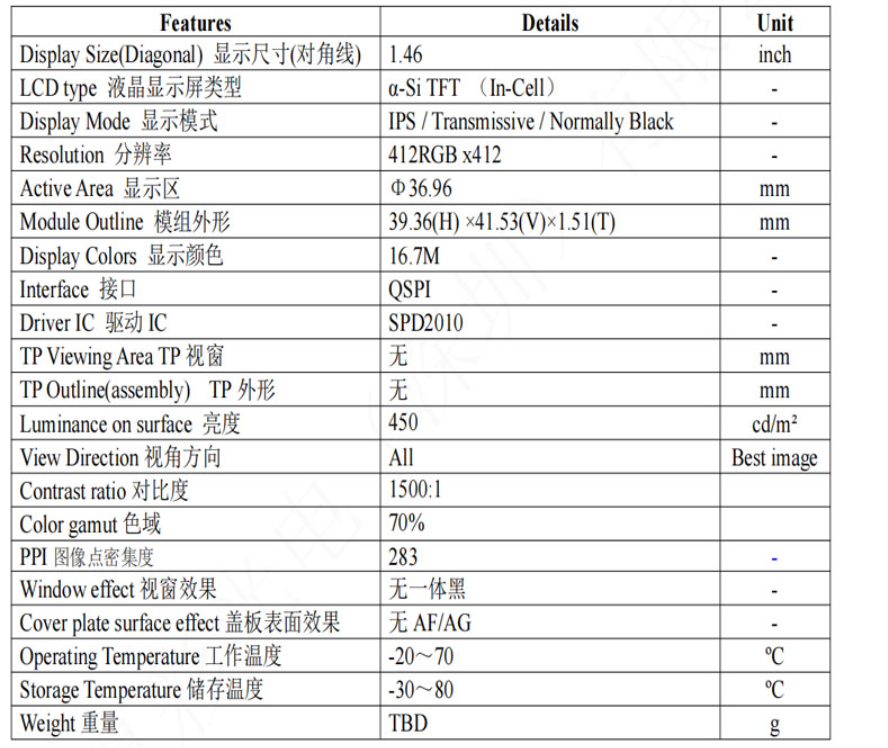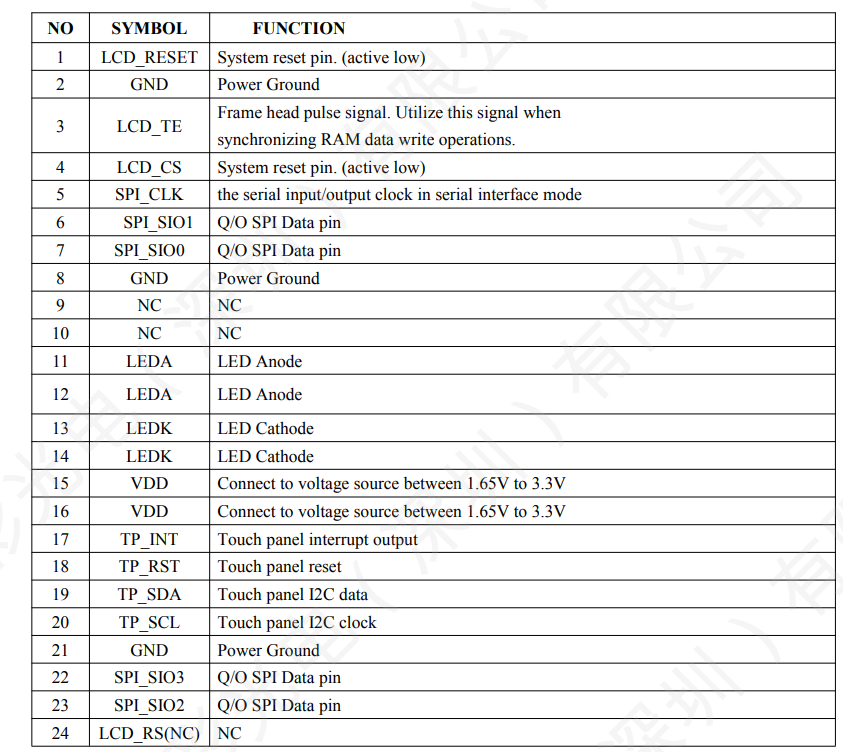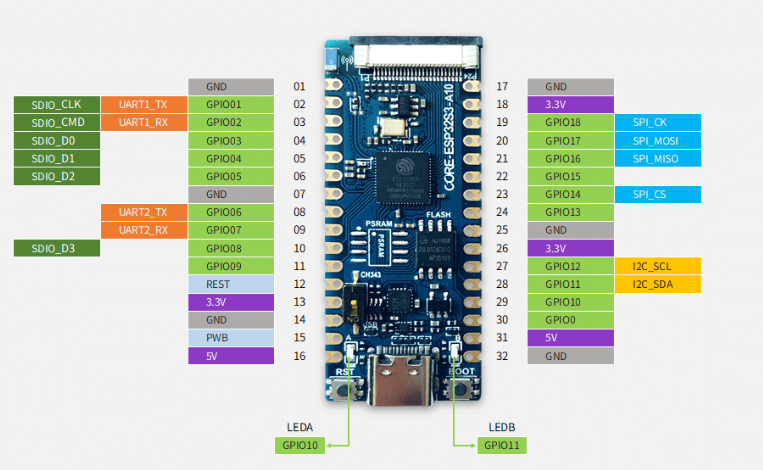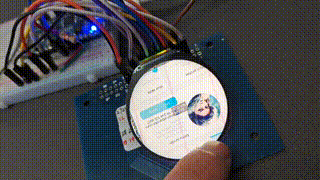1
2
3
4
5
6
7
8
9
10
11
12
13
14
15
16
17
18
19
20
21
22
23
24
25
26
27
28
29
30
31
32
33
34
35
36
37
38
39
40
41
42
43
44
45
46
47
48
49
50
51
52
53
54
55
56
57
58
59
60
61
62
63
64
65
66
67
68
69
70
71
72
73
74
75
76
77
78
79
80
81
82
83
84
85
86
87
88
89
90
91
92
93
94
95
96
97
98
99
100
101
102
103
104
105
106
107
108
109
110
111
112
113
114
115
116
117
118
119
120
121
122
123
124
125
126
127
128
129
130
131
132
133
134
135
136
137
138
139
140
141
142
143
144
145
146
147
148
149
150
151
152
153
154
155
156
157
158
159
160
161
162
163
164
165
166
167
168
169
170
171
172
173
174
175
176
177
178
179
180
181
182
183
184
185
186
187
188
189
190
191
192
193
194
195
196
197
198
199
200
201
202
203
204
205
206
207
208
209
210
211
212
213
214
215
216
217
218
219
220
221
222
223
224
225
226
227
228
229
230
231
232
233
234
235
236
237
238
239
240
241
242
243
244
245
246
247
248
249
250
251
252
253
254
255
256
257
258
259
260
261
262
263
264
265
266
267
268
269
270
271
272
273
274
275
276
277
278
279
280
281
282
283
284
285
286
287
288
289
290
291
292
293
294
295
296
297
298
299
300
301
302
303
304
305
306
307
308
309
310
311
312
313
314
315
316
317
318
319
320
321
322
323
324
325
326
327
328
329
330
331
332
333
334
335
336
337
338
339
340
341
342
343
344
345
346
347
348
349
350
351
352
353
354
355
356
357
358
359
360
361
362
363
364
365
366
367
368
369
370
371
372
373
374
375
376
377
378
379
| #include <stdio.h>
#include "freertos/FreeRTOS.h"
#include "freertos/task.h"
#include "driver/gpio.h"
#include "driver/i2c.h"
#include "driver/spi_master.h"
#include "esp_timer.h"
#include "esp_lcd_panel_io.h"
#include "esp_lcd_panel_vendor.h"
#include "esp_lcd_panel_ops.h"
#include "esp_err.h"
#include "esp_log.h"
#include "lvgl.h"
#include "lv_demos.h"
#include "esp_lcd_spd2010.h"
#include "esp_lcd_touch_spd2010.h"
static const char *TAG = "main";
static SemaphoreHandle_t lvgl_mux = NULL;
#define LCD_HOST SPI2_HOST
#define TOUCH_HOST I2C_NUM_0
#define LCD_BIT_PER_PIXEL (16)
#define EXAMPLE_LCD_BK_LIGHT_ON_LEVEL 0
#define EXAMPLE_LCD_BK_LIGHT_OFF_LEVEL !EXAMPLE_LCD_BK_LIGHT_ON_LEVEL
#define EXAMPLE_PIN_NUM_LCD_CS (GPIO_NUM_9)
#define EXAMPLE_PIN_NUM_LCD_PCLK (GPIO_NUM_10)
#define EXAMPLE_PIN_NUM_LCD_DATA0 (GPIO_NUM_11)
#define EXAMPLE_PIN_NUM_LCD_DATA1 (GPIO_NUM_12)
#define EXAMPLE_PIN_NUM_LCD_DATA2 (GPIO_NUM_13)
#define EXAMPLE_PIN_NUM_LCD_DATA3 (GPIO_NUM_14)
#define EXAMPLE_PIN_NUM_LCD_RST (GPIO_NUM_4)
#define EXAMPLE_PIN_NUM_BK_LIGHT (GPIO_NUM_3)
#define EXAMPLE_PIN_NUM_TOUCH_SCL (GPIO_NUM_18)
#define EXAMPLE_PIN_NUM_TOUCH_SDA (GPIO_NUM_8)
#define EXAMPLE_PIN_NUM_TOUCH_RST (GPIO_NUM_7)
#define EXAMPLE_PIN_NUM_TOUCH_INT (GPIO_NUM_17)
esp_lcd_touch_handle_t tp = NULL;
#define EXAMPLE_LCD_H_RES 412
#define EXAMPLE_LCD_V_RES 412
#define EXAMPLE_LVGL_TICK_PERIOD_MS 2
#define EXAMPLE_LVGL_TASK_MAX_DELAY_MS 500
#define EXAMPLE_LVGL_TASK_MIN_DELAY_MS 1
#define EXAMPLE_LVGL_TASK_STACK_SIZE (4 * 1024)
#define EXAMPLE_LVGL_TASK_PRIORITY 2
static bool example_notify_lvgl_flush_ready(esp_lcd_panel_io_handle_t panel_io, esp_lcd_panel_io_event_data_t *edata, void *user_ctx)
{
lv_disp_drv_t *disp_driver = (lv_disp_drv_t *)user_ctx;
lv_disp_flush_ready(disp_driver);
return false;
}
static void example_lvgl_flush_cb(lv_disp_drv_t *drv, const lv_area_t *area, lv_color_t *color_map)
{
esp_lcd_panel_handle_t panel_handle = (esp_lcd_panel_handle_t) drv->user_data;
const int offsetx1 = area->x1;
const int offsetx2 = area->x2;
const int offsety1 = area->y1;
const int offsety2 = area->y2;
esp_lcd_panel_draw_bitmap(panel_handle, offsetx1, offsety1, offsetx2 + 1, offsety2 + 1, color_map);
}
static void example_lvgl_update_cb(lv_disp_drv_t *drv)
{
esp_lcd_panel_handle_t panel_handle = (esp_lcd_panel_handle_t) drv->user_data;
switch (drv->rotated) {
case LV_DISP_ROT_NONE:
esp_lcd_panel_swap_xy(panel_handle, false);
esp_lcd_panel_mirror(panel_handle, true, false);
esp_lcd_touch_set_mirror_y(tp, false);
esp_lcd_touch_set_mirror_x(tp, false);
break;
case LV_DISP_ROT_90:
esp_lcd_panel_swap_xy(panel_handle, true);
esp_lcd_panel_mirror(panel_handle, true, true);
esp_lcd_touch_set_mirror_y(tp, false);
esp_lcd_touch_set_mirror_x(tp, false);
break;
case LV_DISP_ROT_180:
esp_lcd_panel_swap_xy(panel_handle, false);
esp_lcd_panel_mirror(panel_handle, false, true);
esp_lcd_touch_set_mirror_y(tp, false);
esp_lcd_touch_set_mirror_x(tp, false);
break;
case LV_DISP_ROT_270:
esp_lcd_panel_swap_xy(panel_handle, true);
esp_lcd_panel_mirror(panel_handle, false, false);
esp_lcd_touch_set_mirror_y(tp, false);
esp_lcd_touch_set_mirror_x(tp, false);
break;
}
}
void example_lvgl_rounder_cb(struct _lv_disp_drv_t *disp_drv, lv_area_t *area)
{
uint16_t x1 = area->x1;
uint16_t x2 = area->x2;
area->x1 = (x1 >> 2) << 2;
area->x2 = ((x2 >> 2) << 2) + 3;
}
static SemaphoreHandle_t touch_mux = NULL;
static void example_lvgl_touch_cb(lv_indev_drv_t *drv, lv_indev_data_t *data)
{
esp_lcd_touch_handle_t tp = (esp_lcd_touch_handle_t)drv->user_data;
assert(tp);
uint16_t tp_x;
uint16_t tp_y;
uint8_t tp_cnt = 0;
if (xSemaphoreTake(touch_mux, 0) == pdTRUE) {
esp_lcd_touch_read_data(tp);
}
bool tp_pressed = esp_lcd_touch_get_coordinates(tp, &tp_x, &tp_y, NULL, &tp_cnt, 1);
if (tp_pressed && tp_cnt > 0) {
data->point.x = tp_x;
data->point.y = tp_y;
data->state = LV_INDEV_STATE_PRESSED;
ESP_LOGI(TAG, "Touch position: %d,%d", tp_x, tp_y);
} else {
data->state = LV_INDEV_STATE_RELEASED;
}
}
static void example_touch_isr_cb(esp_lcd_touch_handle_t tp)
{
BaseType_t xHigherPriorityTaskWoken = pdFALSE;
xSemaphoreGiveFromISR(touch_mux, &xHigherPriorityTaskWoken);
if (xHigherPriorityTaskWoken) {
portYIELD_FROM_ISR();
}
}
static void example_increase_lvgl_tick(void *arg)
{
lv_tick_inc(EXAMPLE_LVGL_TICK_PERIOD_MS);
}
static bool example_lvgl_lock(int timeout_ms)
{
assert(lvgl_mux && "bsp_display_start must be called first");
const TickType_t timeout_ticks = (timeout_ms == -1) ? portMAX_DELAY : pdMS_TO_TICKS(timeout_ms);
return xSemaphoreTake(lvgl_mux, timeout_ticks) == pdTRUE;
}
static void example_lvgl_unlock(void)
{
assert(lvgl_mux && "bsp_display_start must be called first");
xSemaphoreGive(lvgl_mux);
}
static void example_lvgl_port_task(void *arg)
{
ESP_LOGI(TAG, "Starting LVGL task");
uint32_t task_delay_ms = EXAMPLE_LVGL_TASK_MAX_DELAY_MS;
while (1) {
ESP_LOGI(TAG, "LVGL task");
if (example_lvgl_lock(-1)) {
task_delay_ms = lv_timer_handler();
example_lvgl_unlock();
}
if (task_delay_ms > EXAMPLE_LVGL_TASK_MAX_DELAY_MS) {
task_delay_ms = EXAMPLE_LVGL_TASK_MAX_DELAY_MS;
} else if (task_delay_ms < EXAMPLE_LVGL_TASK_MIN_DELAY_MS) {
task_delay_ms = EXAMPLE_LVGL_TASK_MIN_DELAY_MS;
}
vTaskDelay(pdMS_TO_TICKS(task_delay_ms));
}
}
void app_main(void)
{
static lv_disp_draw_buf_t disp_buf;
static lv_disp_drv_t disp_drv;
ESP_LOGI(TAG, "Turn off LCD backlight");
gpio_config_t bk_gpio_config = {
.mode = GPIO_MODE_OUTPUT,
.pin_bit_mask = 1ULL << EXAMPLE_PIN_NUM_BK_LIGHT
};
ESP_ERROR_CHECK(gpio_config(&bk_gpio_config));
ESP_LOGI(TAG, "Initialize SPI bus");
const spi_bus_config_t buscfg = SPD2010_PANEL_BUS_QSPI_CONFIG(EXAMPLE_PIN_NUM_LCD_PCLK,
EXAMPLE_PIN_NUM_LCD_DATA0,
EXAMPLE_PIN_NUM_LCD_DATA1,
EXAMPLE_PIN_NUM_LCD_DATA2,
EXAMPLE_PIN_NUM_LCD_DATA3,
EXAMPLE_LCD_H_RES * EXAMPLE_LCD_V_RES * LCD_BIT_PER_PIXEL / 8);
ESP_ERROR_CHECK(spi_bus_initialize(LCD_HOST, &buscfg, SPI_DMA_CH_AUTO));
ESP_LOGI(TAG, "Install panel IO");
esp_lcd_panel_io_handle_t io_handle = NULL;
const esp_lcd_panel_io_spi_config_t io_config = SPD2010_PANEL_IO_QSPI_CONFIG(EXAMPLE_PIN_NUM_LCD_CS,
example_notify_lvgl_flush_ready,
&disp_drv);
spd2010_vendor_config_t vendor_config = {
.flags = {
.use_qspi_interface = 1,
},
};
ESP_ERROR_CHECK(esp_lcd_new_panel_io_spi((esp_lcd_spi_bus_handle_t)LCD_HOST, &io_config, &io_handle));
esp_lcd_panel_handle_t panel_handle = NULL;
const esp_lcd_panel_dev_config_t panel_config = {
.reset_gpio_num = EXAMPLE_PIN_NUM_LCD_RST,
.rgb_ele_order = LCD_RGB_ELEMENT_ORDER_RGB,
.bits_per_pixel = LCD_BIT_PER_PIXEL,
.vendor_config = &vendor_config,
};
ESP_LOGI(TAG, "Install SPD2010 panel driver");
ESP_ERROR_CHECK(esp_lcd_new_panel_spd2010(io_handle, &panel_config, &panel_handle));
ESP_ERROR_CHECK(esp_lcd_panel_reset(panel_handle));
ESP_ERROR_CHECK(esp_lcd_panel_init(panel_handle));
ESP_ERROR_CHECK(esp_lcd_panel_disp_on_off(panel_handle, true));
touch_mux = xSemaphoreCreateBinary();
assert(touch_mux);
ESP_LOGI(TAG, "Initialize I2C bus");
const i2c_config_t i2c_conf = {
.mode = I2C_MODE_MASTER,
.sda_io_num = EXAMPLE_PIN_NUM_TOUCH_SDA,
.sda_pullup_en = GPIO_PULLUP_ENABLE,
.scl_io_num = EXAMPLE_PIN_NUM_TOUCH_SCL,
.scl_pullup_en = GPIO_PULLUP_ENABLE,
.master.clk_speed = 400 * 1000,
};
ESP_ERROR_CHECK(i2c_param_config(TOUCH_HOST, &i2c_conf));
ESP_ERROR_CHECK(i2c_driver_install(TOUCH_HOST, i2c_conf.mode, 0, 0, 0));
esp_lcd_panel_io_handle_t tp_io_handle = NULL;
const esp_lcd_panel_io_i2c_config_t tp_io_config = ESP_LCD_TOUCH_IO_I2C_SPD2010_CONFIG();
const esp_lcd_touch_config_t tp_cfg = {
.x_max = EXAMPLE_LCD_H_RES,
.y_max = EXAMPLE_LCD_V_RES,
.rst_gpio_num = EXAMPLE_PIN_NUM_TOUCH_RST,
.int_gpio_num = EXAMPLE_PIN_NUM_TOUCH_INT,
.levels = {
.reset = 0,
.interrupt = 0,
},
.flags = {
.swap_xy = 0,
.mirror_x = 0,
.mirror_y = 0,
},
.interrupt_callback = example_touch_isr_cb,
};
ESP_ERROR_CHECK(esp_lcd_new_panel_io_i2c((esp_lcd_i2c_bus_handle_t)TOUCH_HOST, &tp_io_config, &tp_io_handle));
ESP_LOGI(TAG, "Initialize touch controller SPD2010");
ESP_ERROR_CHECK(esp_lcd_touch_new_i2c_spd2010(tp_io_handle, &tp_cfg, &tp));
ESP_LOGI(TAG, "Turn on LCD backlight");
gpio_set_level(EXAMPLE_PIN_NUM_BK_LIGHT, EXAMPLE_LCD_BK_LIGHT_ON_LEVEL);
ESP_LOGI(TAG, "Initialize LVGL library");
lv_init();
lv_color_t *buf1 = heap_caps_malloc(EXAMPLE_LCD_H_RES * 10 * sizeof(lv_color_t), MALLOC_CAP_DMA);
assert(buf1);
lv_color_t *buf2 = heap_caps_malloc(EXAMPLE_LCD_H_RES * 10 * sizeof(lv_color_t), MALLOC_CAP_DMA);
assert(buf2);
lv_disp_draw_buf_init(&disp_buf, buf1, buf2, EXAMPLE_LCD_H_RES * 10);
ESP_LOGI(TAG, "Register display driver to LVGL");
lv_disp_drv_init(&disp_drv);
disp_drv.hor_res = EXAMPLE_LCD_H_RES;
disp_drv.ver_res = EXAMPLE_LCD_V_RES;
disp_drv.flush_cb = example_lvgl_flush_cb;
disp_drv.rounder_cb = example_lvgl_rounder_cb;
disp_drv.drv_update_cb = example_lvgl_update_cb;
disp_drv.draw_buf = &disp_buf;
disp_drv.user_data = panel_handle;
lv_disp_t *disp = lv_disp_drv_register(&disp_drv);
ESP_LOGI(TAG, "Install LVGL tick timer");
const esp_timer_create_args_t lvgl_tick_timer_args = {
.callback = &example_increase_lvgl_tick,
.name = "lvgl_tick"
};
esp_timer_handle_t lvgl_tick_timer = NULL;
ESP_ERROR_CHECK(esp_timer_create(&lvgl_tick_timer_args, &lvgl_tick_timer));
ESP_ERROR_CHECK(esp_timer_start_periodic(lvgl_tick_timer, EXAMPLE_LVGL_TICK_PERIOD_MS * 1000));
static lv_indev_drv_t indev_drv;
lv_indev_drv_init(&indev_drv);
indev_drv.type = LV_INDEV_TYPE_POINTER;
indev_drv.disp = disp;
indev_drv.read_cb = example_lvgl_touch_cb;
indev_drv.user_data = tp;
lv_indev_drv_register(&indev_drv);
lvgl_mux = xSemaphoreCreateMutex();
assert(lvgl_mux);
xTaskCreate(example_lvgl_port_task, "LVGL", EXAMPLE_LVGL_TASK_STACK_SIZE, NULL, EXAMPLE_LVGL_TASK_PRIORITY, NULL);
ESP_LOGI(TAG, "Display LVGL demos");
if (example_lvgl_lock(-1)) {
lv_demo_widgets();
example_lvgl_unlock();
}
}
|
